| Oct. 21: Graduates from top US universities with job experience in Wall Street shouldn't be haggling at a roadside eatery over the price of two plates of chicken noodles. But Mathew Cherian and Tushar Vashisht, both well-heeled 26-year-olds, were doing just that in Bangalore last week. The bill had to be brought down from Rs 60 to Rs 40. After all, they had to survive on Rs 100 a day each. Cherian and Vashisht aren't victims of the global economic slowdown. They are aspiring entrepreneurs from Bangalore who, late last month, decided to learn more about India by living on Rs 100 a day for three weeks which, by their reckoning, was what the average Indian subsisted on. And then, to top it off by surviving one more week on just Rs 32 a day — the notorious below-poverty limit recently cited in a Planning Commission declaration (the government later said it would not be used as a cut-off for welfare benefits). The first three weeks ended on October 17, by when Cherian and Vashisht had lost 2kg and 4kg respectively and often felt dizzy from their protein-deficient diet. It was time to embark on the Rs 32-a-day regime, living like India's poorest two-fifths. It also meant shedding their lone luxury so far: the street-side chicken noodles. This last leg was to be carried out in Kottayam, Cherian's home district in south Kerala where he had done his schooling before joining his parents in Boston. Where, more important, prices would be cheaper compared with Bangalore. The friends, who had met while they both worked for the Unique Identification Authority of India (UIDAI) in Bangalore, therefore boarded the general compartment of a train, buying two tickets at Rs 140 each. That took care of most of the Rs 350 they had saved during the Rs 100-a-day regime. Cherian's family connections helped find the duo accommodation with a household in Karukachal, a small town known for rubber plantations, latex tappers and its migrants working in the Gulf and the West. In the past four days there, the master's in computer science from the Massachusetts of Institute of Technology has learnt one thing. "Rupees 100 is tough enough; Rs 32 is a non-starter," Cherian, who once worked as a hardware engineer with a multinational in America, said today. "We pretty much have to survive on carbohydrates and whatever vegetables we can get from our host's kitchen garden. It's mainly root vegetables like potatoes, tapioca and yam." Onions? "Sparingly." You don't have to be a former Wall Street investment banker, which Vashisht is, to be able to do the math. Onions are Rs 50 a kilo. The only delicacies the friends can occasionally indulge in are the cucumber and papaya, besides the handful of black channa they bought from the local grocer the other day. But the tea is black: milk costs Rs 28 a litre. During their Rs 100 days in Bangalore, eggs were affordable at Rs 3 each. But at Rs 32, the entire breakfast is budgeted at Rs 4 per head. As for dal (Rs 38 a kilo), meat or even packed soy nuggets (Rs 50 to Rs 70), even thinking about them is a sin. "It's a no-brainer for us why manual labourers in our country are so bone thin," said Vashisht, wiping his plate clean of the roti-and-potato stew lunch he and Cherian were sharing with their hosts. "It's a curse to be born poor, and then you get stuck in a kind of inter-generational cycle," said the University of Pennsylvania graduate who worked for assets management firm BlackRock in Wall Street and later for Deutsche Bank in San Francisco and Singapore. Why the experiment at all? It had to do with the duo's decision to quit their UIAI jobs and start a company selling education and health-care content to India's over 60 crore mobile phone users. Living in poverty seemed a good way to try and better understand the average Indian's choices. From their Bangalore apartment, the friends moved into a 10ft-by-6ft room used by their landlord's help. To calculate how much they should live on, they took India's average per capita income of Rs 4,500 a month and subtracted the Rs 3,000 rent (Rs 1,500 for each). That left each of them with Rs 3,000 a month, or Rs 100 a day. From their old lifestyle, they kept the clothes they were wearing, their laptops and a badminton set. At Rs 100 a day, they could still use talcum powder but not deodorant, dental floss or toilet paper. In Kottayam, they use a half each of a Rs 10 Lifebuoy soap and wash their own clothes. Yet all this, Vashisht says, is nothing compared to what India's poor must be experiencing. The two of them now get by on Rs 24.65 a day each, but this is mainly because unlike a poor family, they don't have to spend on transport, education or health care. Not even on rent — the landlord is treating them as guests — or clothes or, say, gifts for offspring. Vashisht and Cherian have been tracking their "lifestyle experiment" on a Facebook page and a blog that breaks down their spending into pie-charts and graphs, and tracks their grocery shopping and caloric intake. Their insights into the life of the average Indian so far: A manual labourer gets a lot less than the 3,000 calories he needs a day, and is especially deprived of protein, which is "ridiculously expensive"; While Cherian's motorbike that did 50-60km per litre was a blessing in Bangalore, their Rs 32 budget does not allow much mobility in Kerala. "Travelling anywhere beyond a 5km circle (to work, shop or attend school) can be unaffordable for the poor," Cherian said; Addiction can cost dearly. A bidi, gutka or alcohol addiction can add Rs 30-50 in daily costs and decimate the food budget. Even during the Bangalore leg of their experiment, the duo could afford just 30ml of Old Monk rum each during visits by friends; Any kind of economic shock, such as medical expenses, can be devastating; Closer to their point of departure, the duo have found that mobile phones are an essential part of even the rural poor's lifestyle. "We wonder why it was not considered while setting the Rs 32 limit," Vashisht said. Cherian had the last word: "Remember, we are in an experiment that will end one day. But think about those who live poor for eternity...." | 

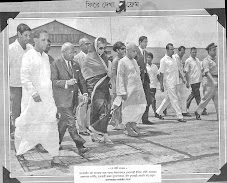



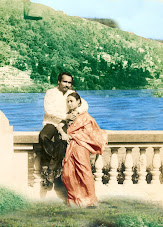






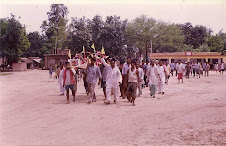

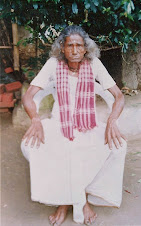
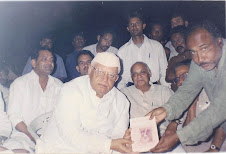
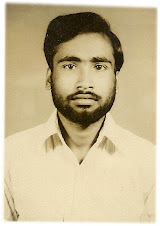



No comments:
Post a Comment